Runway shows without human models, AI-generated editorial shoots, and machine-crafted jewelry collections,AI is reshaping fashion and jewelry faster than ever.
But does innovation mean the end of human creativity?
Artificial intelligence is no longer just a backstage tool; it’s now actively redefining design, styling, photography, and even modeling. Fashion brands use AI to predict trends, generate garment and accessory designs, and optimize production. Virtual models are replacing human faces in campaigns, AI stylists are curating outfits, and automated photography tools capture product images without a photographer behind the lens. As these technologies evolve, a pressing question arises: Can AI truly replace the artistic intuition, emotional depth, and cultural storytelling that human creatives bring to fashion and jewelry? Or is there something irreplaceable about the human touch?
What AI Can Do in Fashion & Jewelry

Design & Customization
Artificial intelligence is transforming the way fashion and jewelry are designed, offering speed, efficiency, and a new level of customization. AI-powered tools like Clo3D and Deep Dream generate intricate garment patterns and jewelry designs with minimal human input. Designers can use machine learning algorithms to create unique textures, shapes, and embellishments that push the boundaries of traditional craftsmanship. In jewelry, 3D modeling powered by AI allows brands to test digital prototypes before production, reducing waste and enabling more sustainable practices. Generative AI can even tailor designs based on customer preferences, making customization more accessible than ever.

Trend Forecasting
Predicting fashion and jewelry trends used to rely on intuition, experience, and extensive market research. Now, AI does it in real time. Machine learning algorithms analyze vast amounts of data from social media, online shopping behaviors, and runway shows to identify emerging trends before they go mainstream. AI tools can detect patterns in colors, materials, and silhouettes that are gaining traction, giving brands a competitive edge. Platforms like Heuritech use image recognition to track the popularity of specific styles across digital platforms, helping designers and retailers stay ahead of consumer demand.

Marketing & Personalization
AI is revolutionizing how fashion and jewelry brands engage with customers. Virtual try-ons, powered by augmented reality, let shoppers see how clothes or accessories look on them without stepping into a store. AI-powered stylists curate personalized outfit recommendations based on past purchases, browsing history, and even body shape. Retailers like Zalando and Stitch Fix use AI to suggest wardrobe combinations tailored to individual tastes, enhancing the shopping experience. AI-driven chatbots and recommendation engines further refine personalization, ensuring customers see products that match their style preferences.

AI Models & Influencers
The rise of virtual models and AI influencers is challenging traditional roles in fashion. Figures like Lil Miquela, Shudu, and Imma are AI-generated personalities who have landed major fashion campaigns, blurring the line between real and digital. Unlike human models, AI models don’t age, require makeup, or need physical photoshoots—brands can generate entire campaigns with them at a fraction of the cost. AI also creates hyper-realistic fashion photography, using machine learning to generate editorial images without a photographer, lighting team, or physical location. While this technology provides efficiency and limitless creative possibilities, it raises ethical questions about authenticity and the future of human jobs in the industry.
The Limitations of AI Creativity

Lack of Emotional Depth
AI can generate stunning fashion pieces and intricate jewelry designs and even curate entire collections—but it does so without emotion, lived experience, or personal inspiration. Human designers infuse their work with stories, cultural influences, and creative intuition that go beyond mathematical patterns. AI can recognize that red and gold are common in luxury jewelry or that oversized silhouettes are trending, but it doesn’t understand the emotions behind them. A designer crafting a collection inspired by personal heritage, social movements, or a life-changing experience brings a depth AI simply cannot replicate.

No True Innovation
AI is powerful at recognizing and recombining existing styles, but it does not create from nothing. Machine learning models generate designs based on past data, existing aesthetics, and mathematical probabilities, rather than true artistic vision. While AI can suggest unconventional combinations, human designers are the ones who break the rules, challenge conventions and introduce completely new artistic directions. Every groundbreaking fashion movement—from punk to avant-garde couture—was born out of rebellion, risk, and creative intuition, elements AI fundamentally lacks.

Ethical & Industry Challenges
The growing reliance on AI in fashion and jewelry raises serious ethical concerns. If brands start favoring virtual models over real ones, what happens to the careers of human models, photographers, and stylists? AI-generated influencers and digital campaigns may be cost-effective, but they also create issues of authenticity—do customers really connect with a brand when its marketing is driven by algorithms rather than human vision? Additionally, over-reliance on AI could lead to a homogenization of design, where everything looks like an optimized, algorithmic version of previous trends rather than an expression of individuality.
AI is a powerful tool, but without human creativity, it risks making fashion and jewelry predictable, detached, and devoid of the artistry that makes these industries so compelling.
The Future: AI as a Tool, Not a Replacement

Collaboration, Not Replacement
While AI is transforming fashion and jewelry, it is not here to replace human creativity—it is here to enhance it. AI excels at handling repetitive tasks, optimizing production, and generating data-driven insights, but it lacks the emotional intelligence and artistic intuition that define true creativity. The future of fashion and jewelry will be shaped by collaboration between AI and human designers, where technology streamlines workflows while artists push creative boundaries. Instead of viewing AI as a threat, the industry can leverage it as a tool to unlock new levels of efficiency, experimentation, and personalization.

New Roles in Fashion & Jewelry
As AI becomes more integrated, new creative roles are emerging that blend technology with artistic vision. Designers now work with AI-powered design assistants that help generate ideas, refine sketches, and suggest innovative material combinations. Creative technologists are bridging the gap between coding and couture, using machine learning to create interactive, dynamic fashion. The rise of digital fashion experts is also reshaping the industry, with designers creating virtual garments for gaming, social media, and the metaverse. AI is not eliminating jobs—it is evolving them, opening new opportunities for those who embrace the fusion of technology and artistry.
Fashion and jewelry have always been driven by human expression. While AI will continue to play a crucial role in shaping the industry, it is ultimately a tool—not the artist. The future belongs to those who can harness AI’s potential while keeping creativity, culture, and storytelling at the heart of design.

Conclusion: Creativity Remains Human
AI is undeniably transforming fashion and jewelry, offering innovative tools for design, trend forecasting, and marketing. It can generate stunning visuals, predict consumer preferences, and streamline production like never before. Yet, for all its power, AI lacks true originality, emotional depth, and the ability to create from personal experience. It works within patterns, drawing from past data, but it cannot dream up entirely new artistic movements or infuse designs with the soul of human expression.
The fashion and jewelry industries have always been about more than just aesthetics—they tell stories, evoke emotions, and reflect cultural shifts. While AI will continue to shape and support creativity, it will never replace the human touch that makes fashion an art form rather than just an algorithm.
AI can create, but can it dream? The future of fashion and jewelry will always need human imagination.


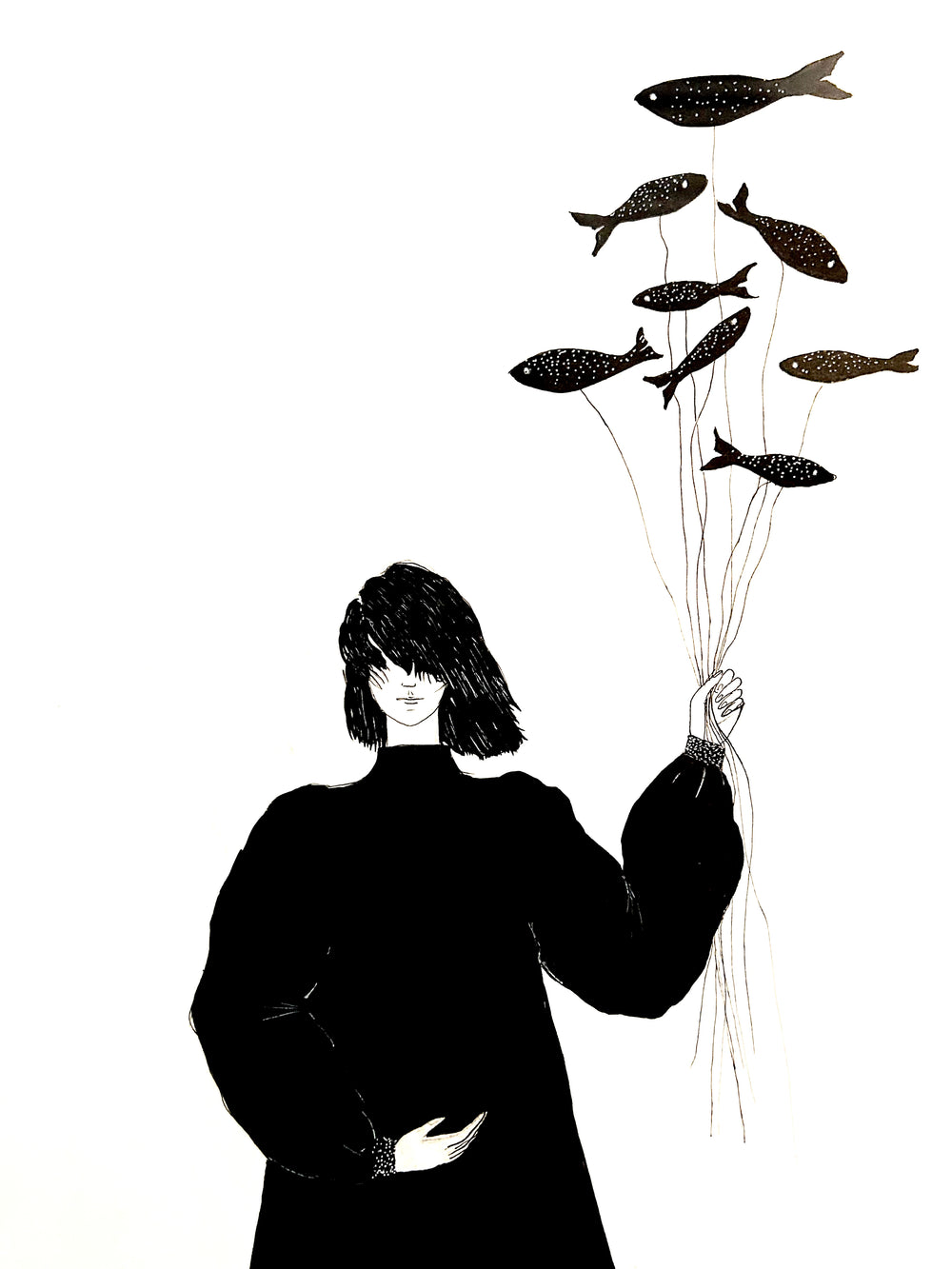

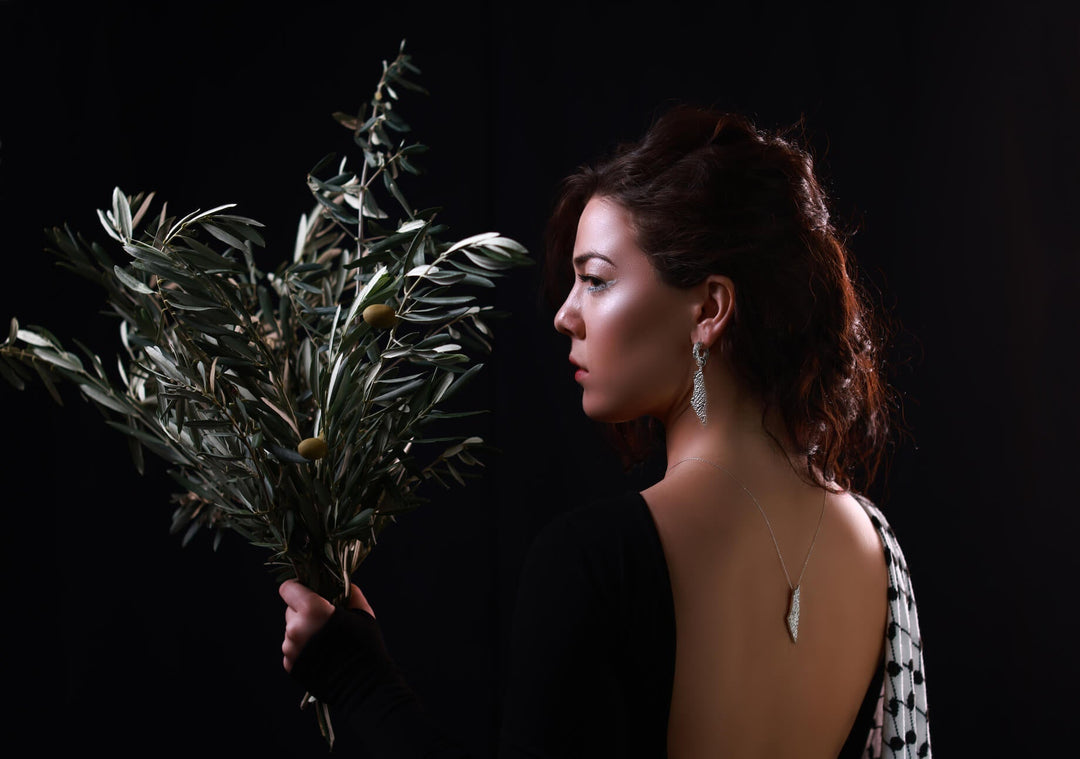
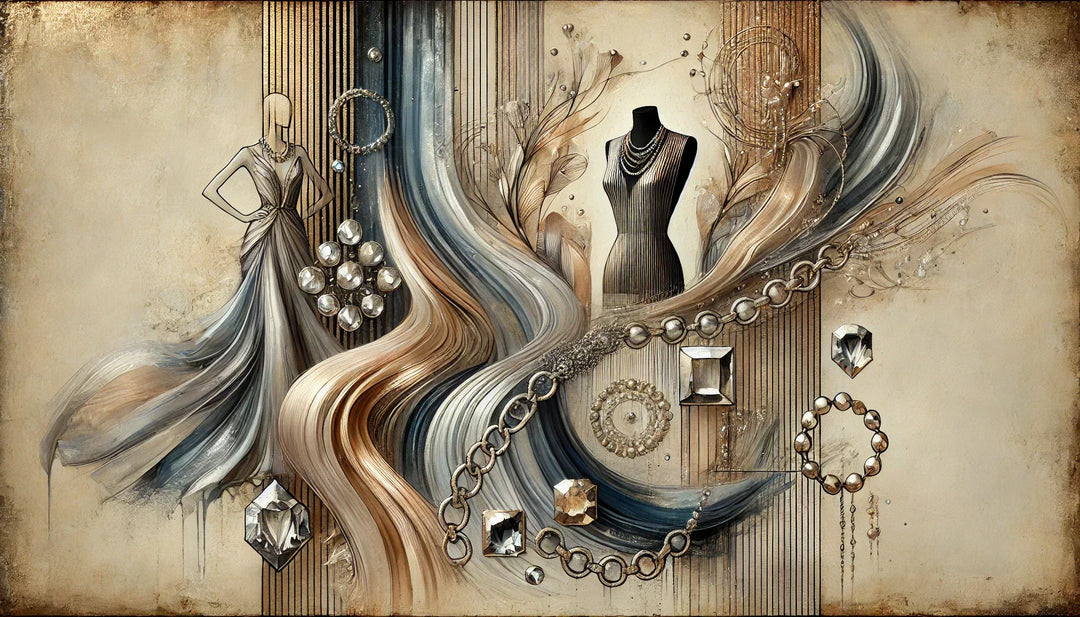
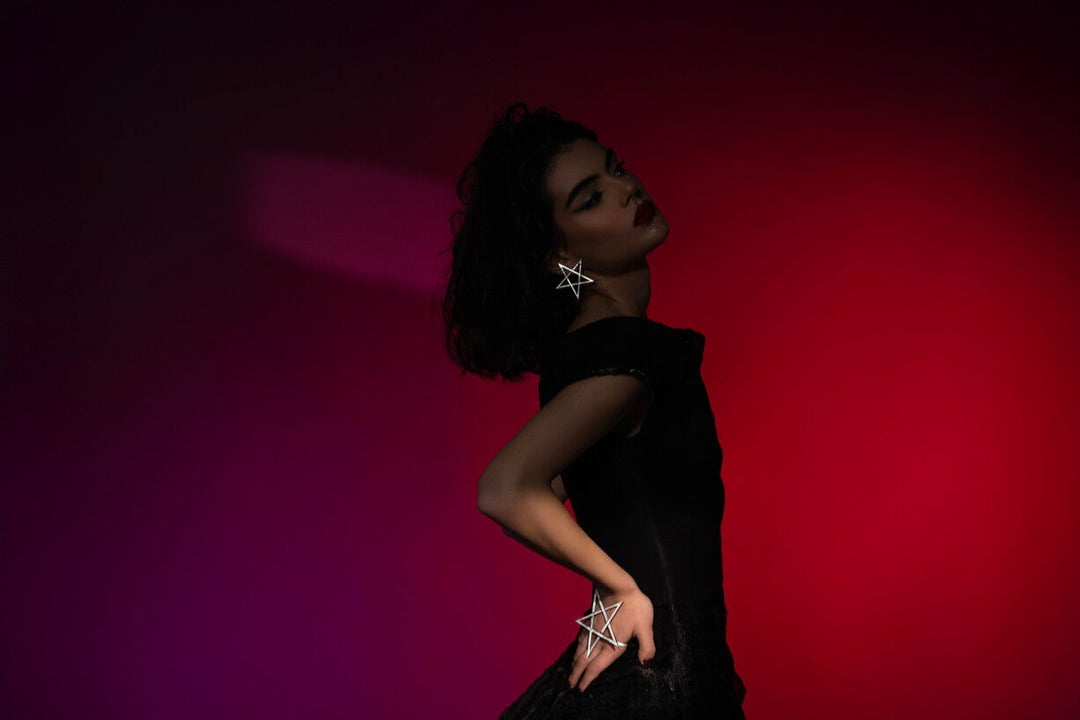
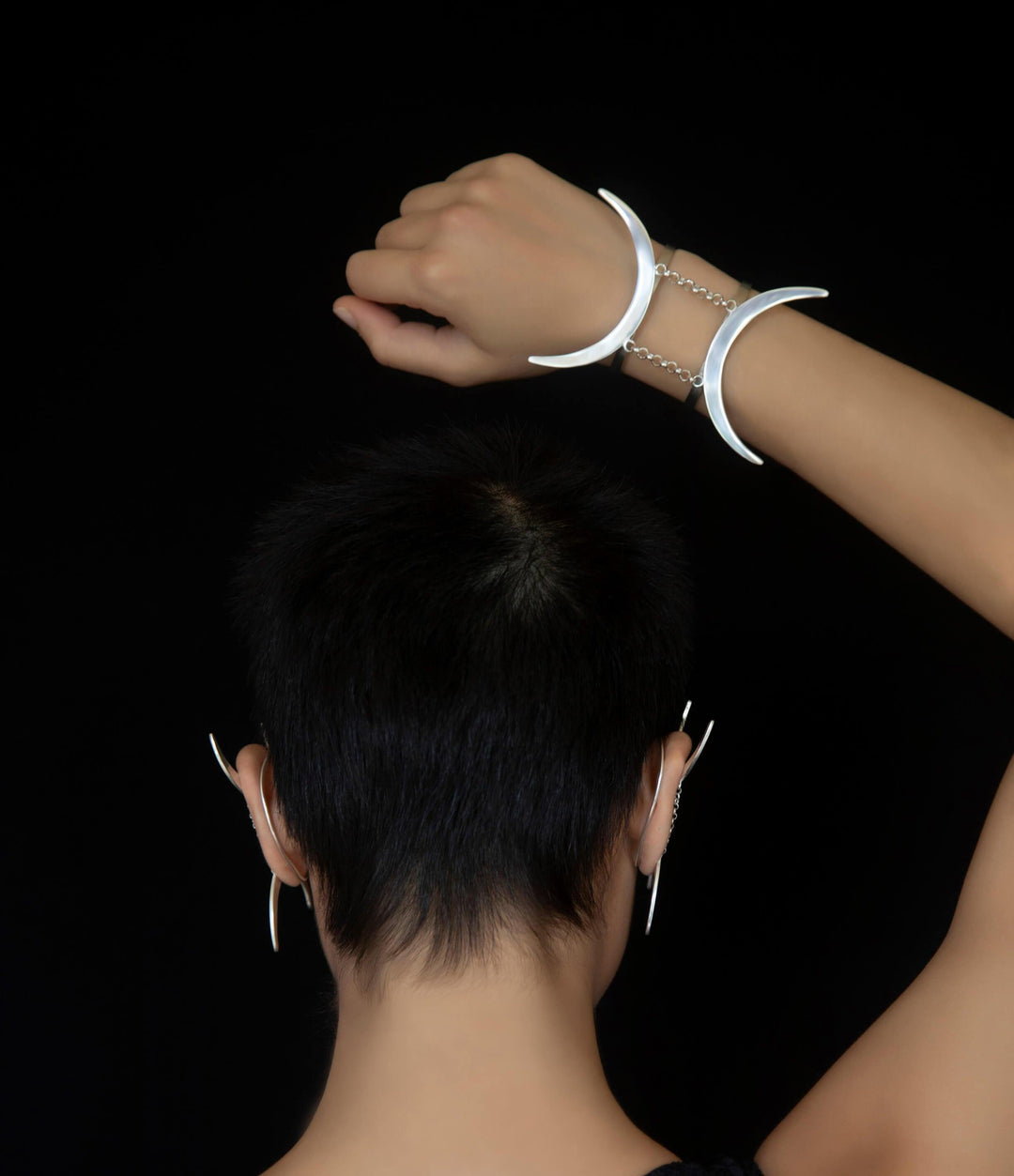
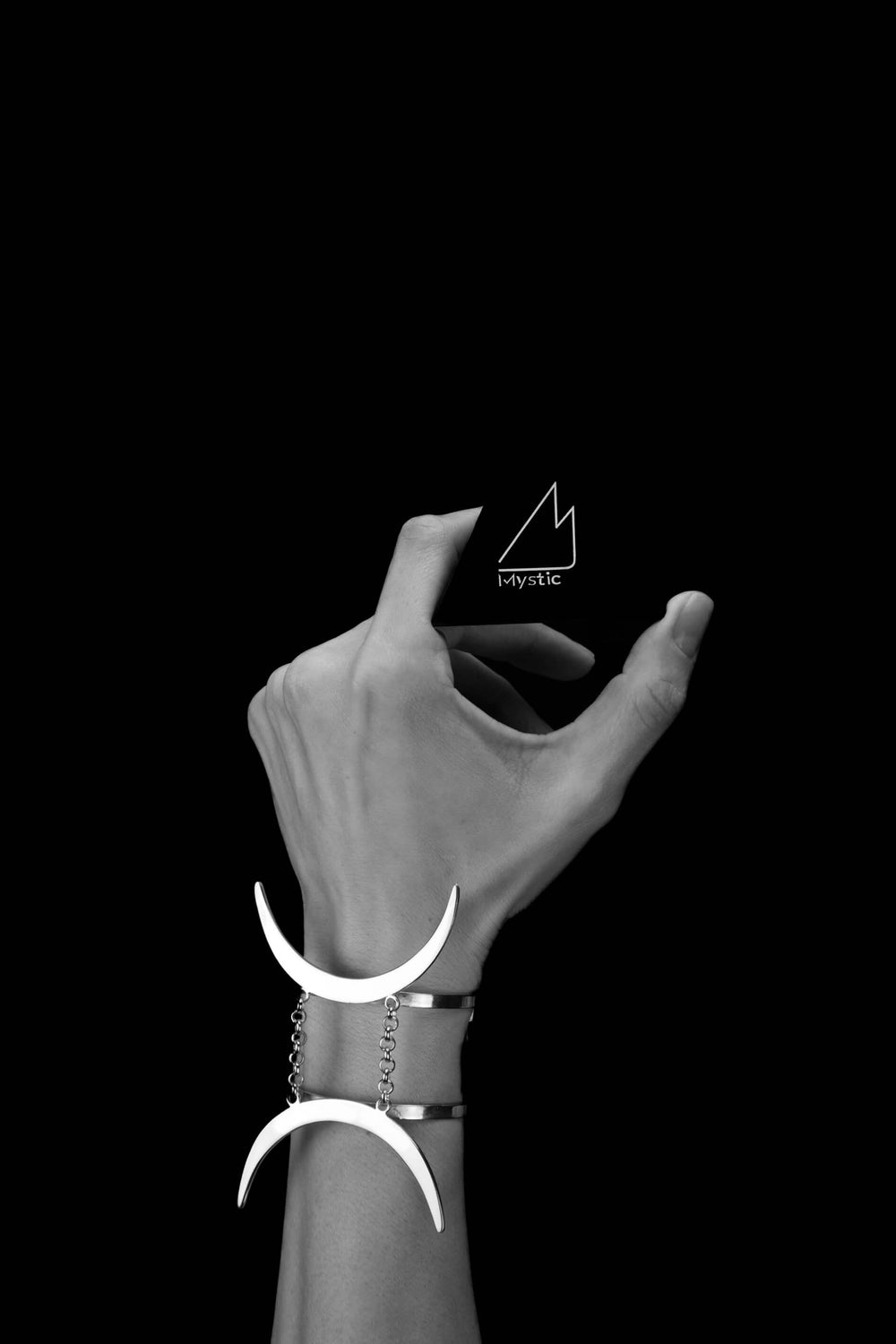
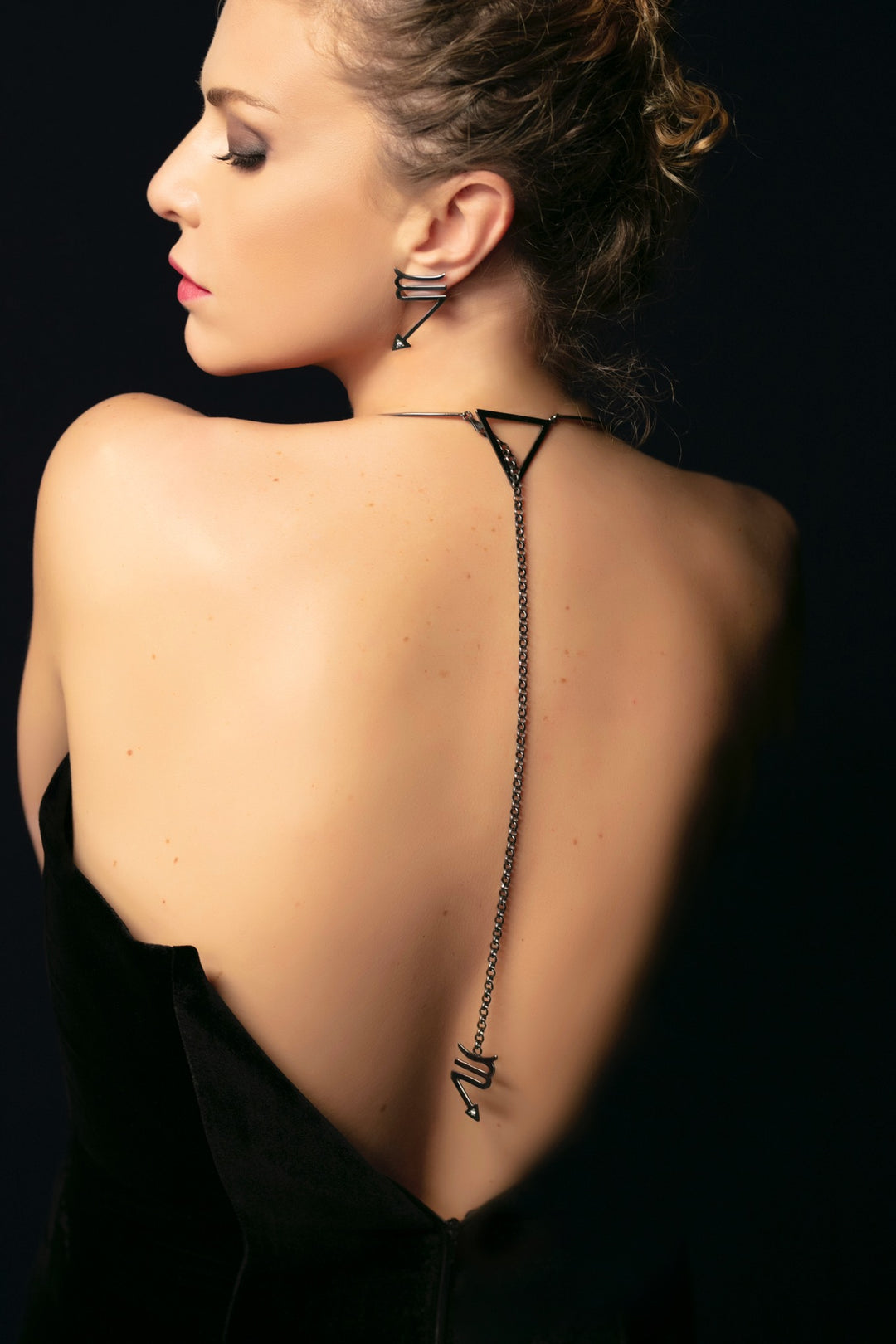
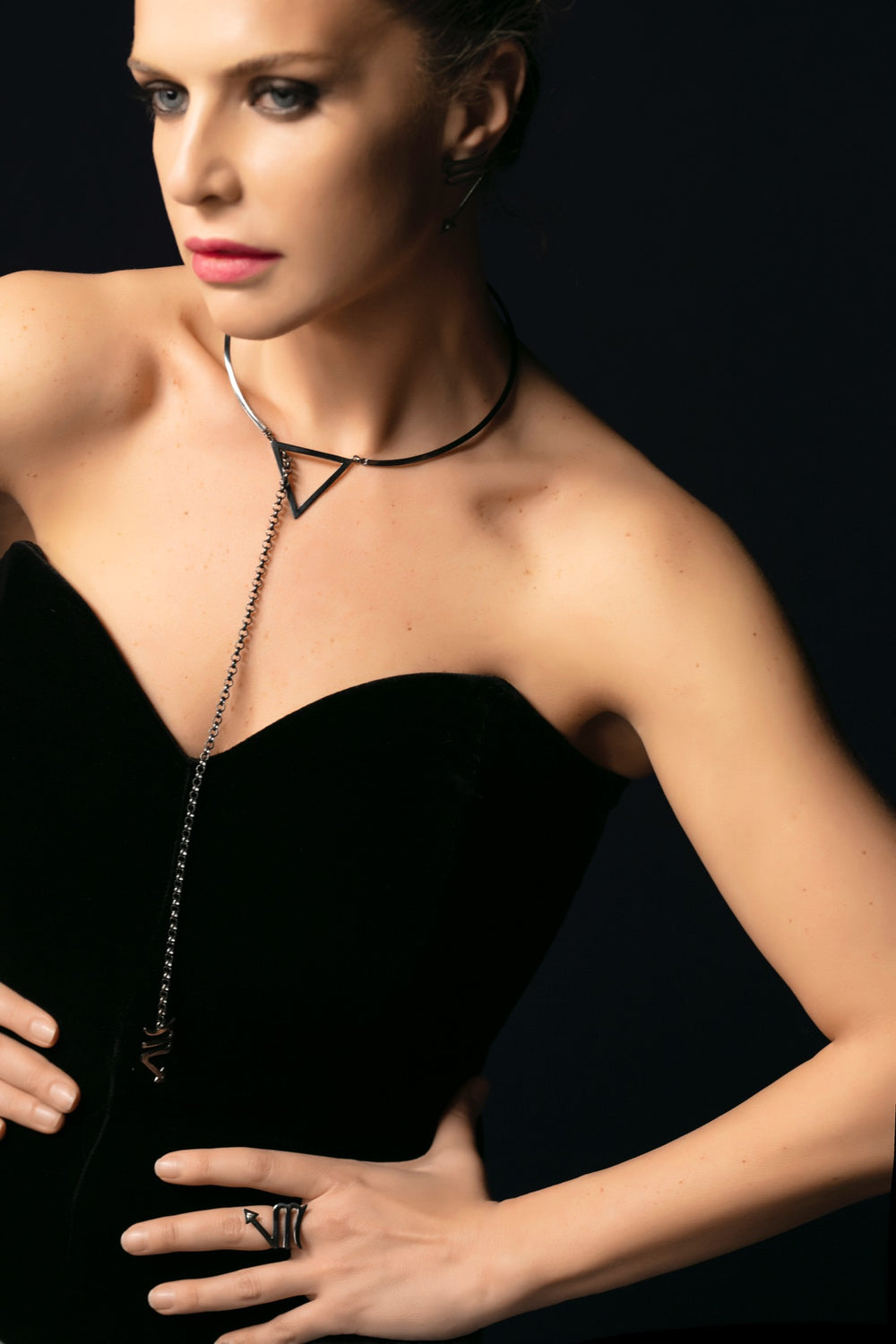
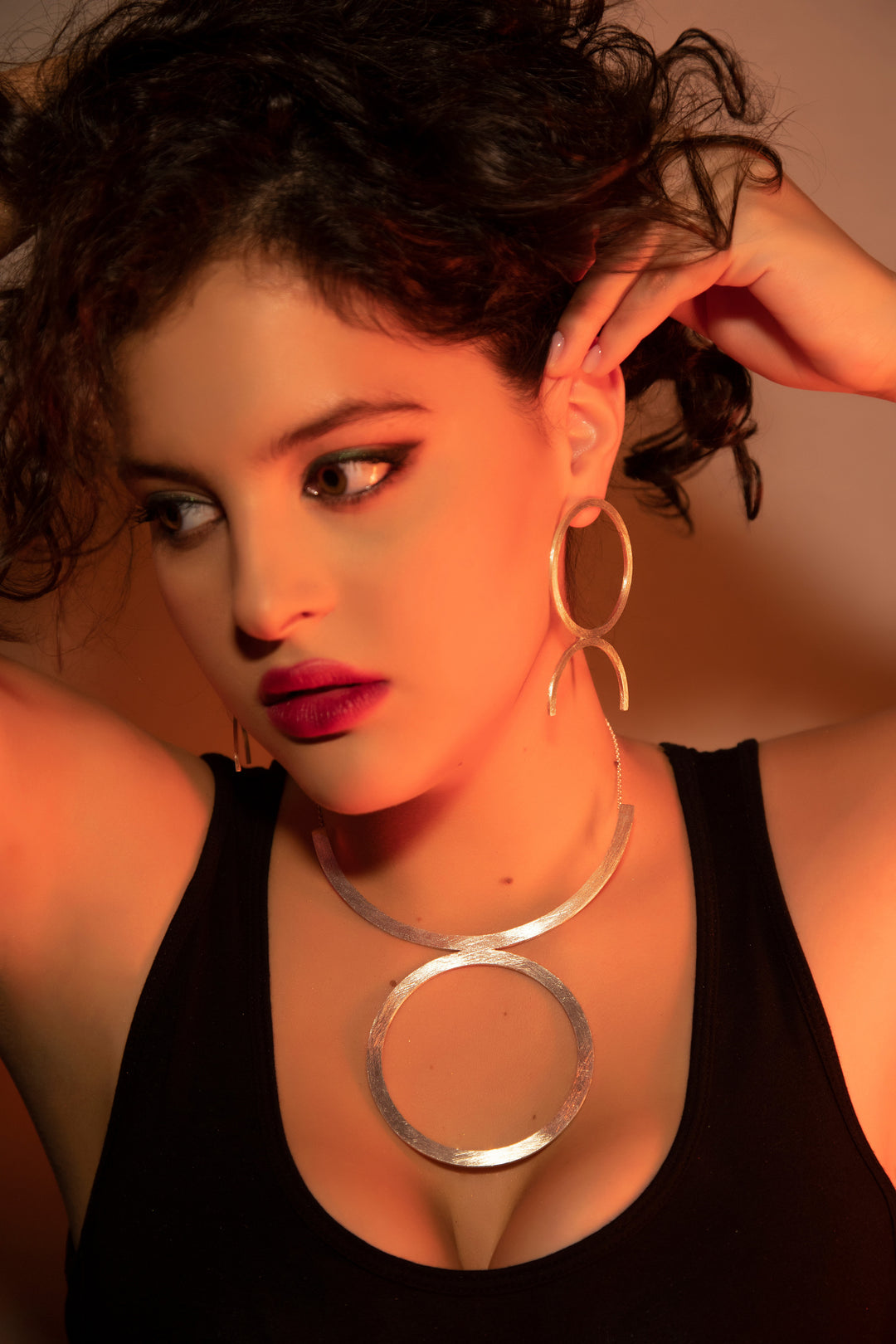
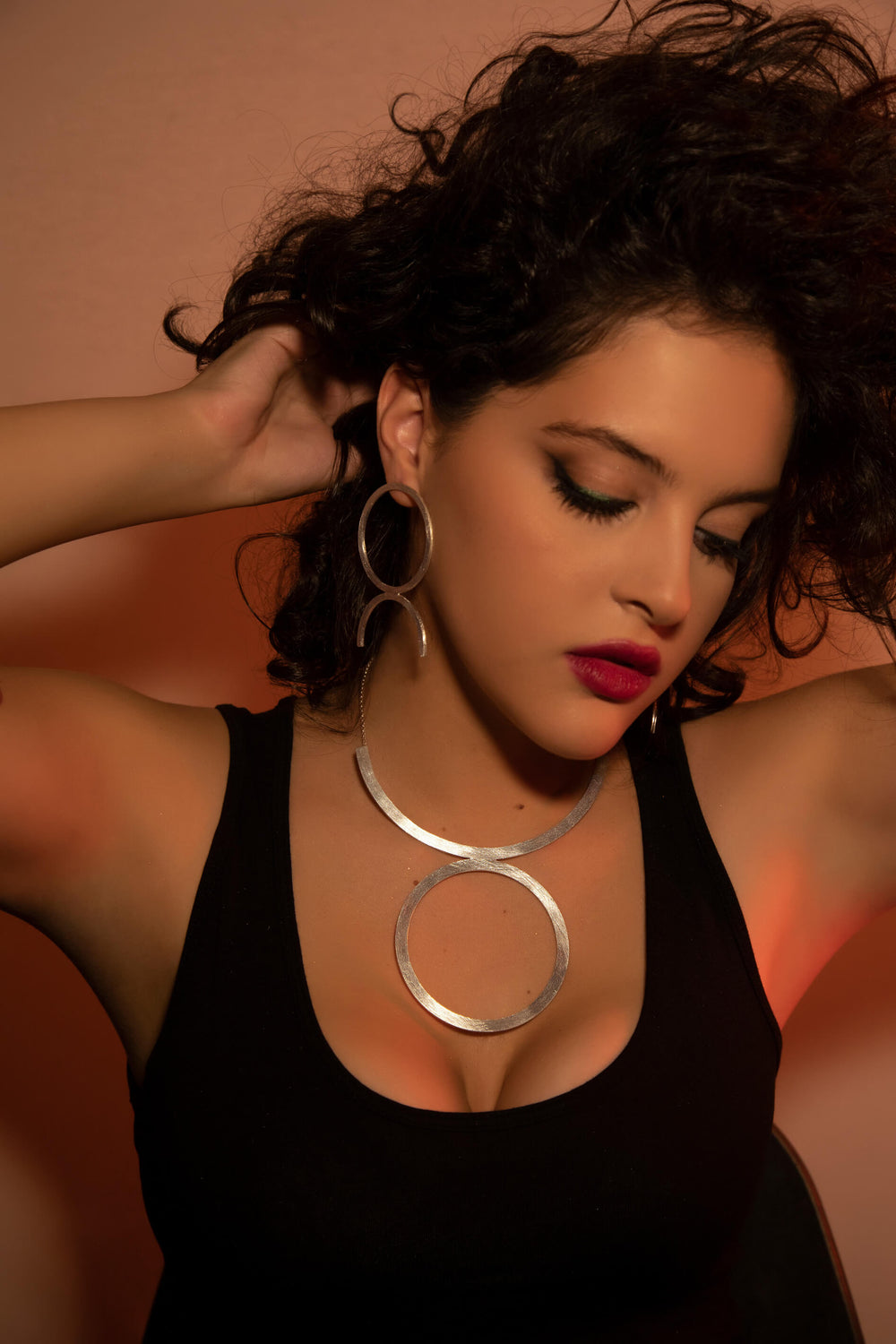
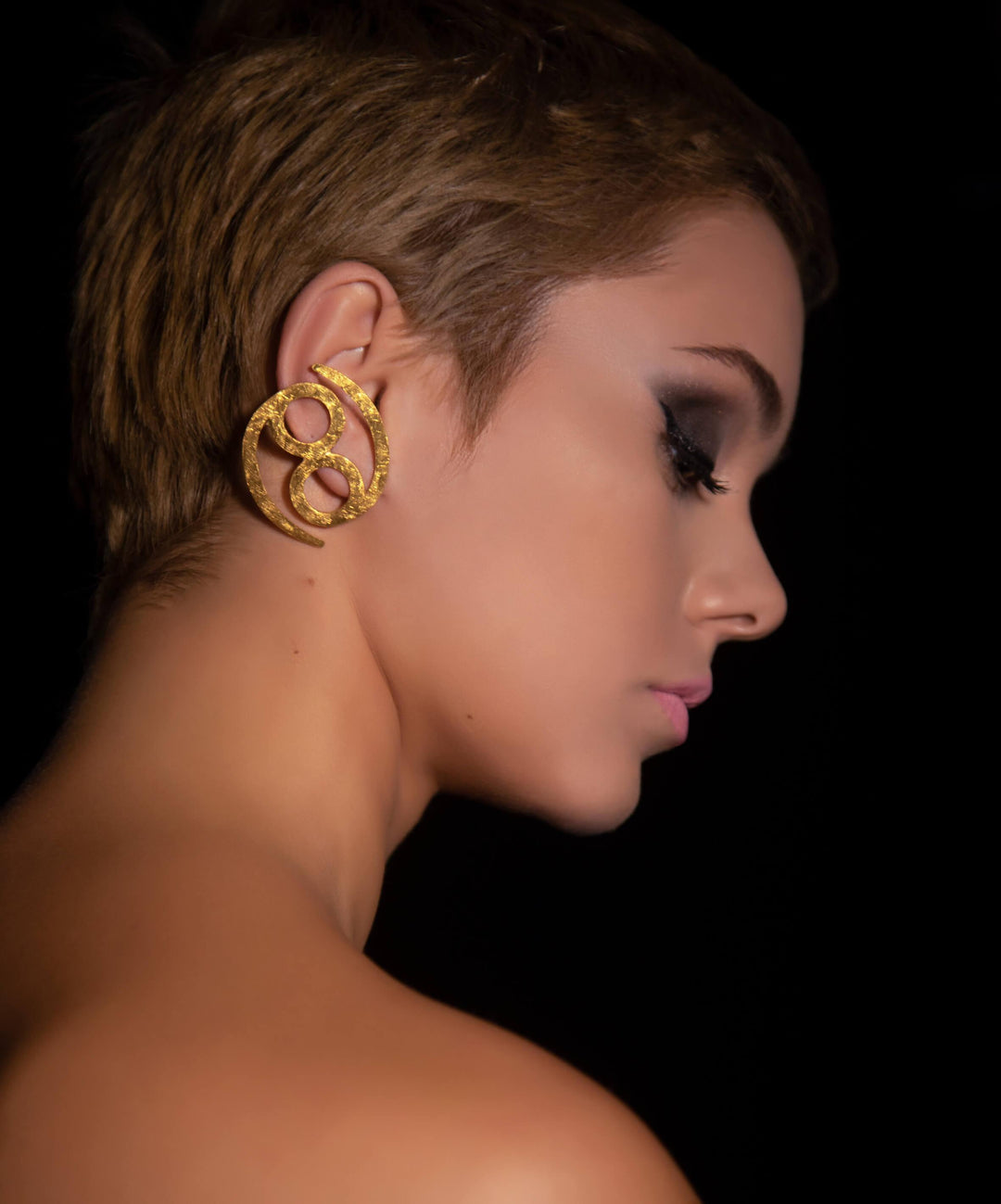
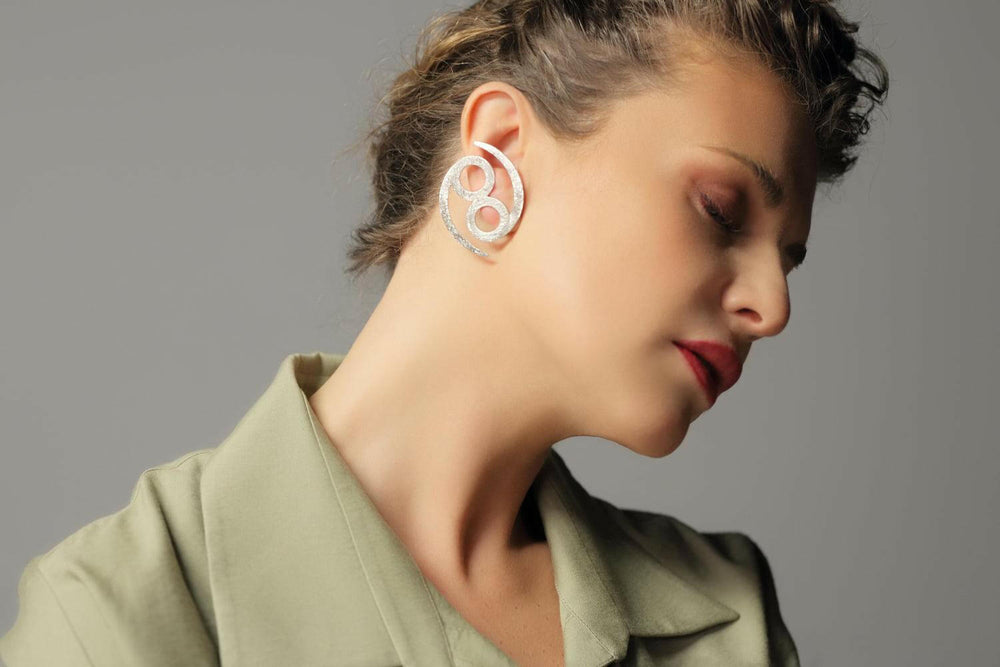
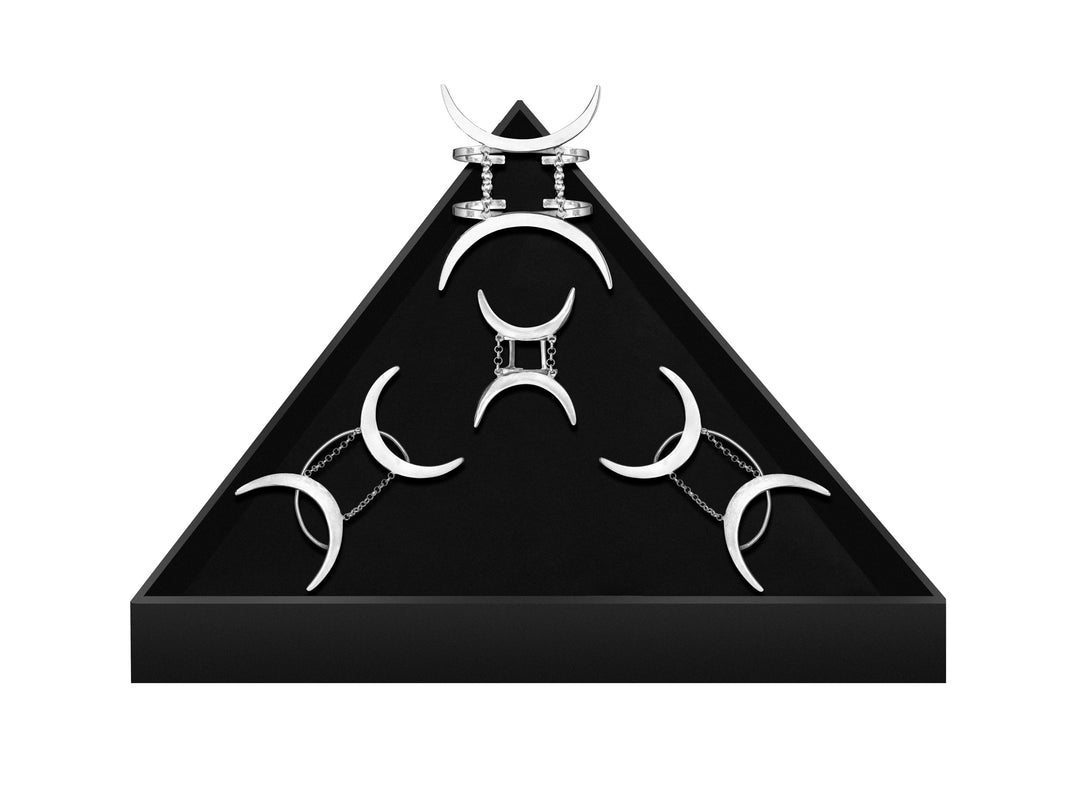
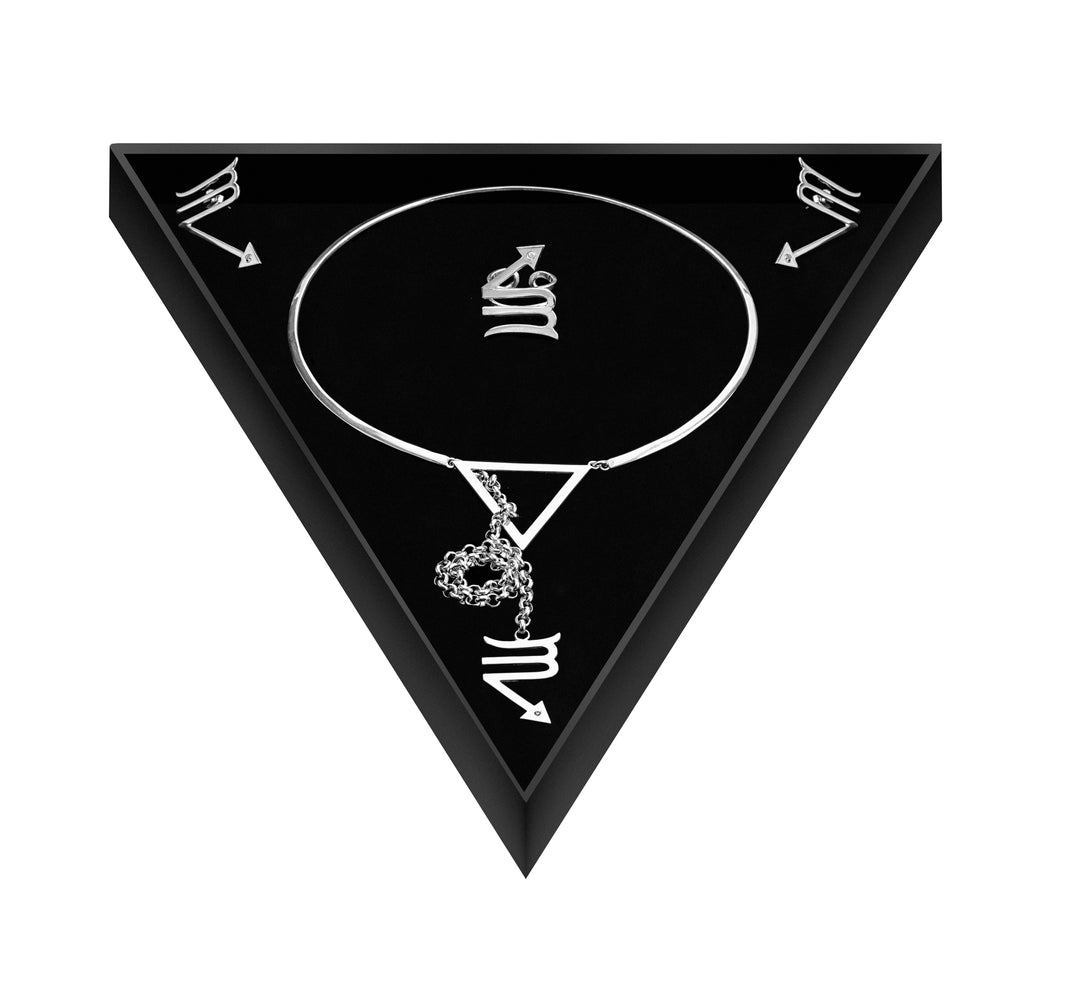
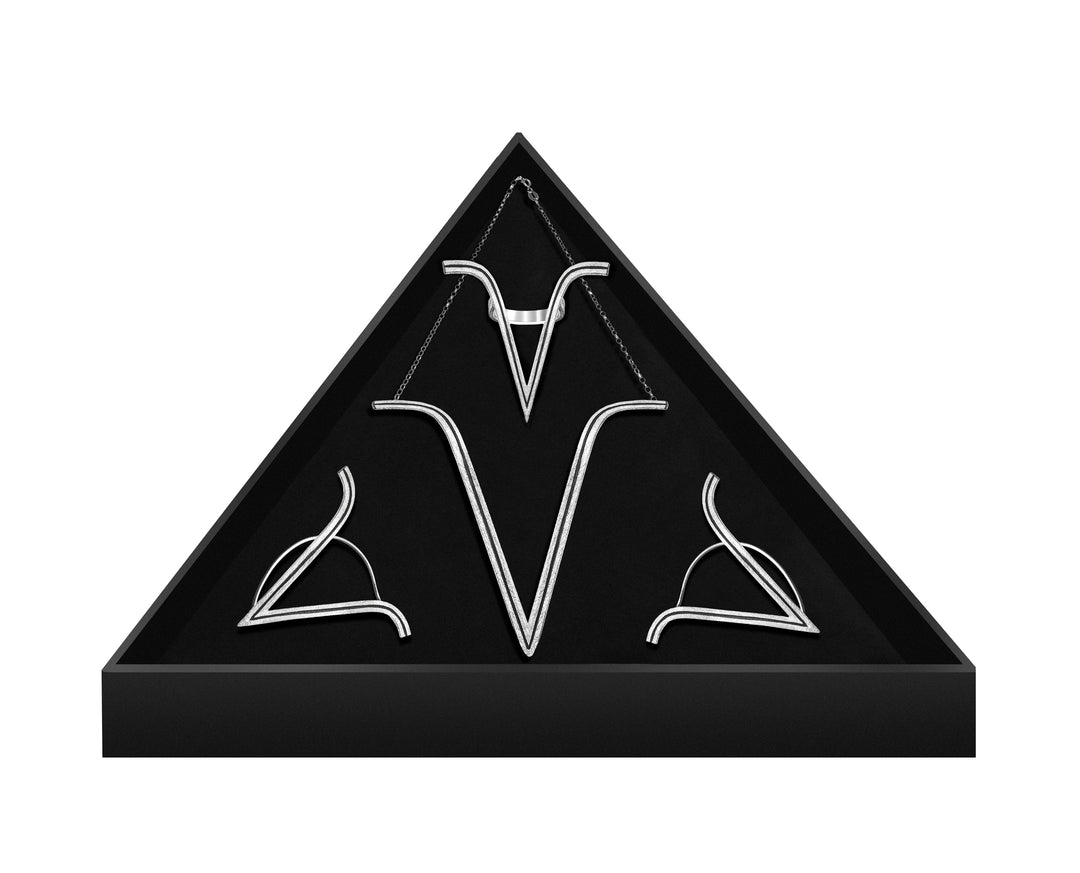
Leave a comment